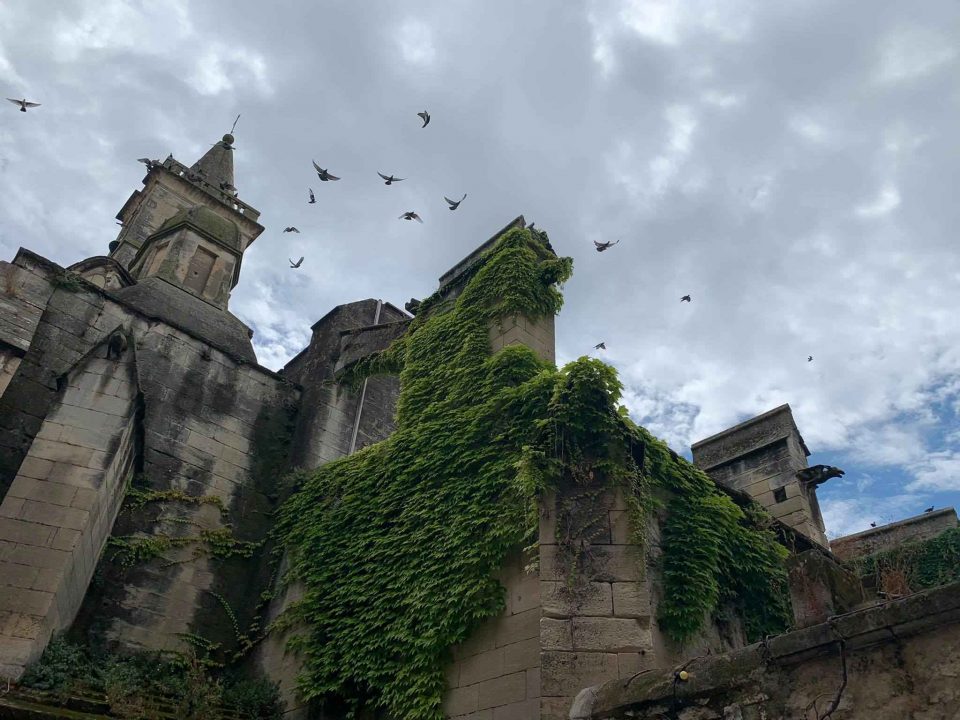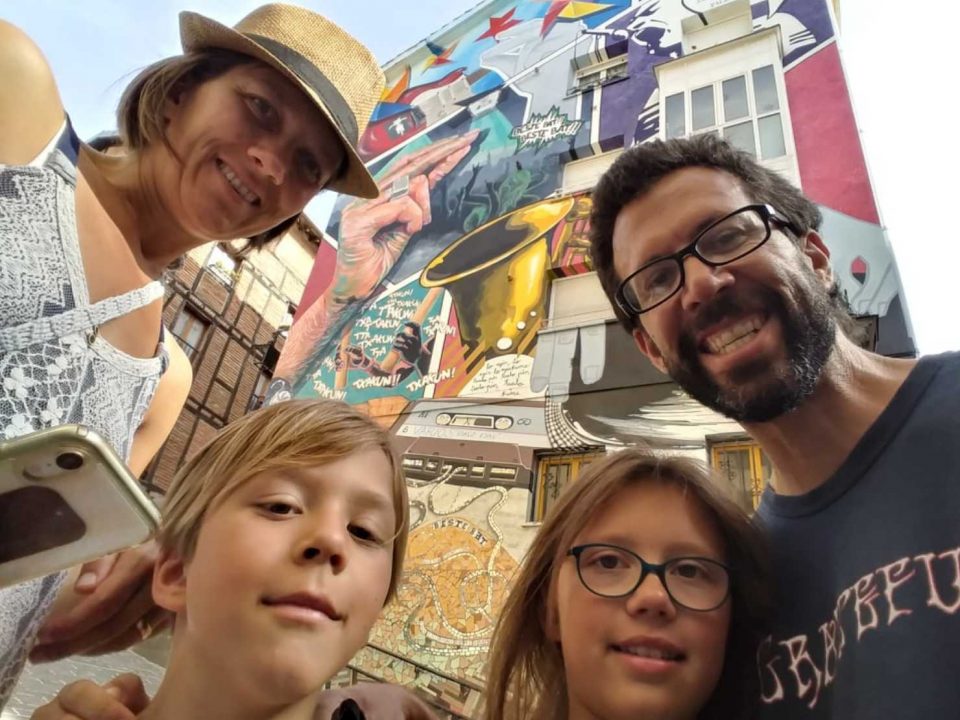
Organic Adventures: Fall Harvest Is In The Air
September 29, 2016
Franco Prudence: Stuff That Grandpa Says
October 7, 2016Across the south of France, the river Lot forms a natural boundary running east-west for 300 miles and eventually connecting with other rivers to form a meandering link between the Atlantic and the Mediterranean. In olden times, such a boundary was virtually insurmountable, as the Lot was a particularly wide and fast moving river. But in the 14th century, in one of the more ambitious engineering feats of the day, a towering overpass was built in Cahors, spanning the Lot and bridging the gap between these neighboring regions.
The city of Cahors subsequently grew to great importance as nearly every horse and wagon carrying lords and vassals and merchants between the two regions would now pass over this bridge and pay the toll. Eventually, as decades passed and more bridges were constructed, the prestige of this ecclesiastical city would fall, but the Pont Valentré remains an architectural marvel and the subject of an often told legend.
As the story goes, many enterprising engineers had tried and failed to build a bridge across the Lot. The river bottom was too soft and muddy, and the current moved too quickly. Finally an elaborate plan was devised to meet these challenges, and a team of builders went to work. But the project was arduous and slow going.
The bridge’s master builder ran into one obstacle after another, and often times felt ready to give up completely. But then, one dark winter night, while working much too late, he had an unexpected visit from the devil. The devil could sense the builder’s mounting frustration and dwindling optimism, so he offered up a most interesting proposal.
“I tell you what,” said the devil, “I understand just how much this project means to you and just how discouraged you’ve grown over the last several weeks. So how about if I give you a little ‘extra’ assistance, and help you to complete the most impressive bridge that you and your countrymen have ever seen?”
“And what’s in it for you?” asked the builder.
“Naturally, yes, I would expect to be compensated. All I ask in return are the few souls from the first eager group to cross your spectacular bridge,” the devil explained.
The builder hemmed and hawed. At this late hour and under the culminating stress, he had trouble thinking clearly, but at last he threw caution to the wind and accepted the the devil’s tempting offer.
In the morning, with a foggy mind and a throbbing headache, the builder attempted to piece together the events of the night before, trying to separate fact from fantasy. Had he really made a bargain with the devil, or had it all been just a dream? But then he made his way to the job site, and by lunch hour he could sense the guiding hand of something supernatural. Work was going smoothly, the pace was steadily surging, and obstacles were melting away one by one.
After so many delays and near disasters, the bridge was finally making real progress, and soon the project was back on schedule. As it drew closer and closer to completion, right on time no less, everyone was dazzled, just as the devil had promised. But in the meantime, rumors had begun to spread, and many said that this was the devil’s handiwork, and that when it opened they would not dare set foot on it.
The grand opening ceremony looked as if it would be a quiet and somber affair. As the ribbon was cut, the townsfolk watched from their windows, but none dared to come out and cross the already notorious bridge. The devil, too, looked on from a nearby rooftop, with mischief in his eyes. But still the magnificent bridge stood empty.
The curious onlookers, growing slowly in number, now noticed that the master builder was nowhere to be seen. But then his little wagon appeared from out of a small alley and rolled up to the edge of the bridge. Gingerly, he stepped out and walked around to the back of his cart, where he retrieved a large cage containing a dozen old hens. Setting the cage down on the threshold of the bridge, he released the latch, and a gaggle of hens went scurrying across the brand new monument.
At the sight of this, the townsfolk released a great gasp, followed by a boisterous laughter and then a prolonged applause. The devil, in the distance, erupted into a steaming fury. And a wide grin spread across the master builder’s wizened face. Hoards of people then ran out onto the bridge, and opening day proved an incomparable success.
And they all lived happily ever after. But the devil, not so familiar with this feeling of being outsmarted, held a long and bitter grudge. And now he returns to the bridge every night, and every night he removes one stone, and every morning a citizen of Cahors must go out on the bridge to replace that missing stone.
It’s stories like this—culled from the annals of world literature, mythology and folklore—that I’ve recently taken to telling my daughter on an increasingly regular basis, upholding an oral tradition as old as the rivers and the clouds. Naturally, they will often elicit the most provocative questions, such as who’s the devil, and what’s a soul? But I never fail to provide her with an ample assortment of answers from which she is free to chose for herself.
Similar question and answer sessions occur when we visit the ancient churches and cathedrals that are found in such great abundance here in Europe. But my new favorite activity when entering these hallowed old spaces, if we are the only ones there, which in the churches of smaller villages we often are, is to chant the sacred Sanskrit syllable Om two or three times, as loudly and sonorously as possible, in order to test the building’s acoustics. And usually the acoustics are absolutely phenomenal.




